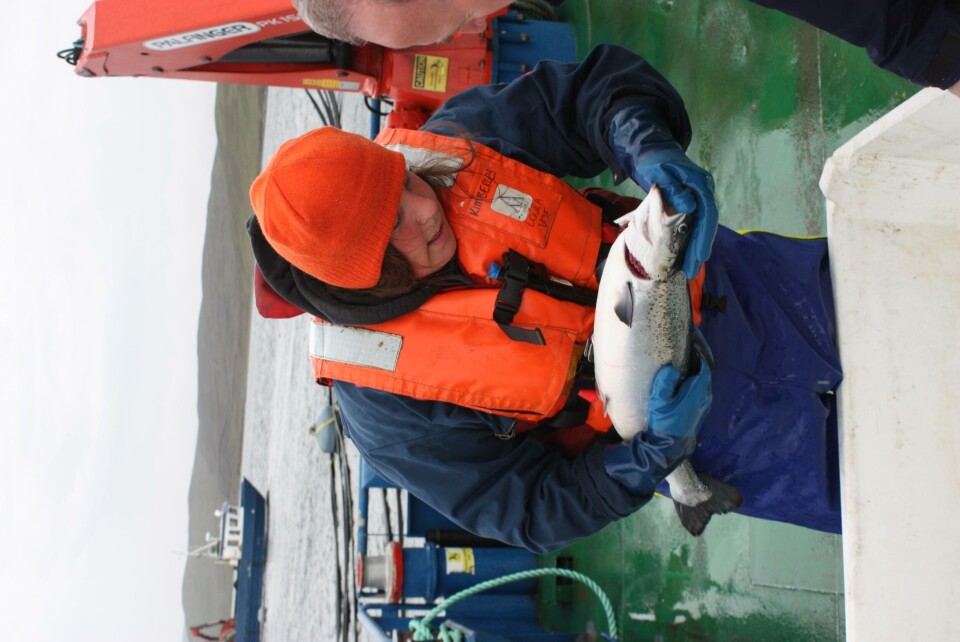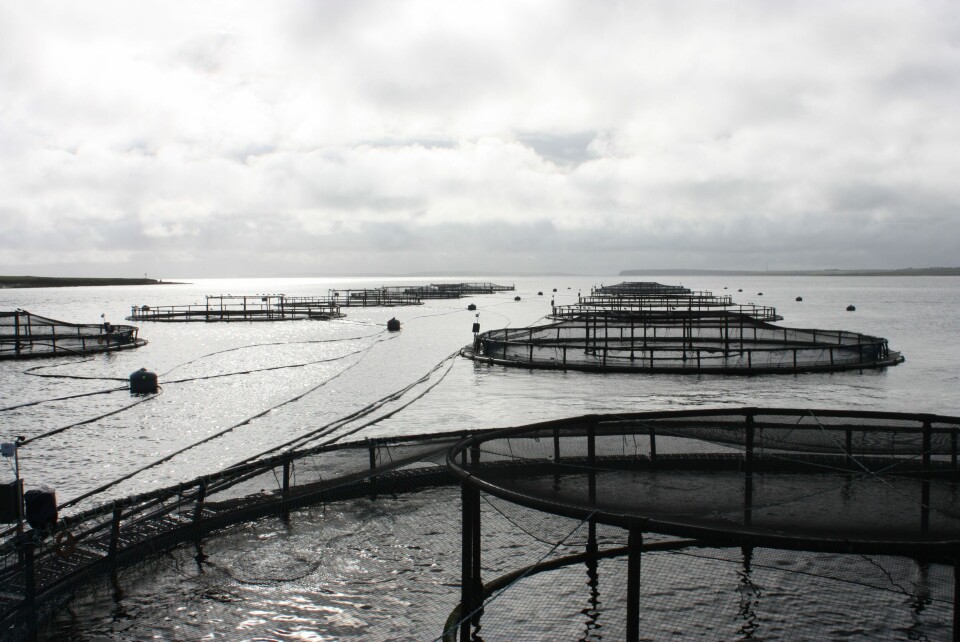
Uncertainty lingers over lice laws
Scottish salmon producers seem to remain uncertain of the precise implications that new legislation - which is likely to lead to enforced harvesting of fish at sites that exceed certain lice levels - will have for the sector.
The new rules are due to be adopted wholeheartedly on April 1st but, in order to prepare producers for the changes, a new sea louse monitoring and reporting regime was introduced on October 26th.
Almost three months later, several farmers have told Fish Farming Expert that it’s too early to comment on the new regulations, while they wait for more details to emerge. However, the outline of the legislation and the principles behind it seem relatively straightforward.
As a Scottish Government representative explained to Fish Farming Expert: “The Scottish Government has worked cooperatively with the aquaculture industry to agree a new sea lice management policy, including a redefining of ‘satisfactory measures’ for the prevention, reduction and control of sea lice on farms, as required by the Aquaculture and Fisheries (Scotland) Act 2007.
“Fish farms should report to Marine Scotland’s Fish Health Inspectorate where an average of 3 adult female sea lice per fish is reached, at which point increased monitoring and surveillance by the FHI [Fish Health Inspectorate] will be carried out. An action plan will be agreed with the FHI to reduce the average below 3.0.
“Exceeding an average of 8.0 adult female lice requires the implementation of an explicit action plan to reduce lice levels below 3.0. If this is not achieved an enforcement notice may be issued."
To see a flow chart explaining the new measures click here.
“The new policy redefines ‘satisfactory measures’ for the prevention, reduction and control of sea lice on farms, as required by the Aquaculture and Fisheries (Scotland) Act 2007. It represents a strengthening of the existing sea lice management policy. In addition, the aquaculture industry will continue to work to the suggested criteria for treatment as described in the Code of Good Practice for Scottish Finfish Aquaculture,” the spokesperson continued.

The introduction of an enforcement policy – which would likely lead to the enforced harvest of fish at sites that exceed the 8 louse/fish threshold – is undoubtedly the most significant part of the law although, as the industry suggests, exactly what "enforcement" implies remains a bit of a grey area.
“Enforcement action will be considered on a case-by-case basis. An enforcement notice would require sea lice levels to be brought under control by whatever means necessary – the measures taken by the farmer to achieve this may be different in each case,” the Government spokesperson explained.
However, it is clear that the possibility of enforcement marks something of a watershed in sea louse legislation.
“No such enforcement notices have been issued in the past in relation to sea lice control. The Fish Health Inspectorate operates a programme of risk-based surveillance which includes sea lice inspections and enhanced sea lice audits on fish farms. Recommendations in relation to sea lice management are made under this regime,” the Government spokesperson continues.
Industry reaction
While broadly welcomed by the industry – who had significant input into development of the new legislation – most producers seem to be unsure of the implications the new law will have. Indeed, the Scottish Salmon Producers’ Organisation (SSPO), told Fish Farming Expert that they were unable to comment on changes in the law until further details are released. However, the heads of two companies were prepared to offer their views.
Grant Cumming, MD of Grieg Seafood Shetland, said that the firm: “Welcomes the new sea lice regulations as a positive step to improving fish welfare and minimising potential environmental issues."
"We look forward to continuing to work with the Scottish Ministers and Marine Scotland to create sustainable growth in Scottish fish farming,” he added.
Alban Denton, MD of Loch Duart, echoed these views: “Loch Duart shares the Scottish Government’s intention to reduce the prevalence of sea lice and is committed to working closely and openly with the regulatory authorities.”
However, he added the caveat that: “The salmon farming industry is already heavily regulated so it is not easy for Loch Duart to welcome further layers of regulation. Loch Duart hopes to be doing everything it can to look after our stock and maintain jobs in fragile rural areas. It is our belief and hope that our government needs to show support for the industry in equal measure to the regulations that it imposes.”






















































